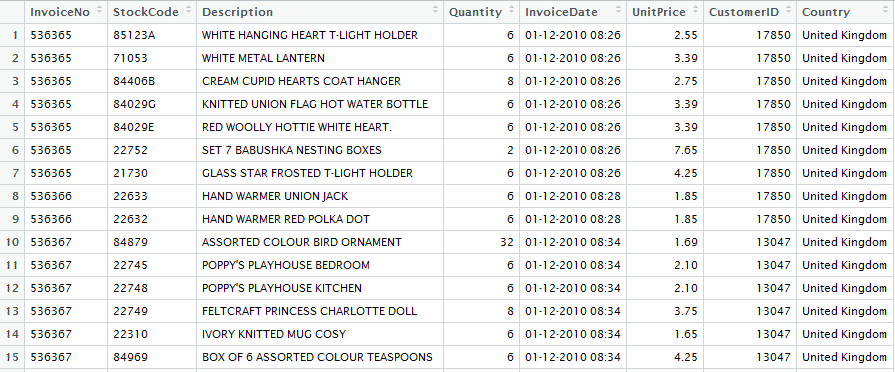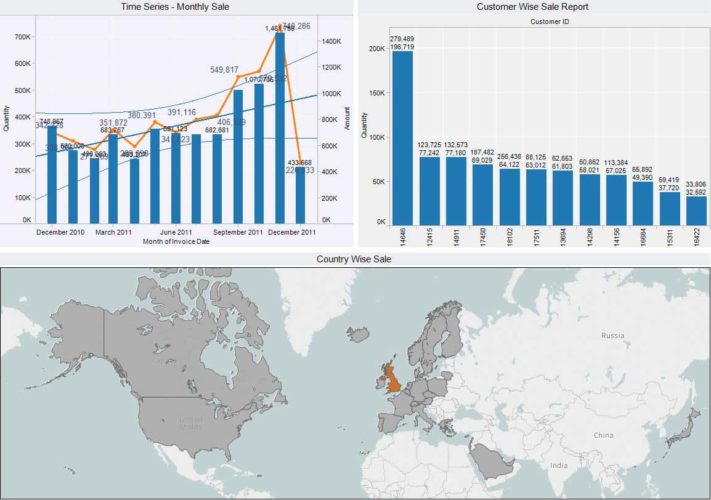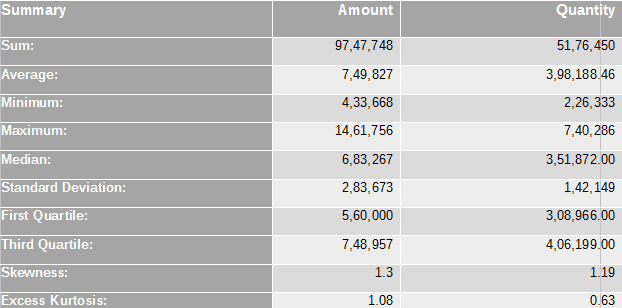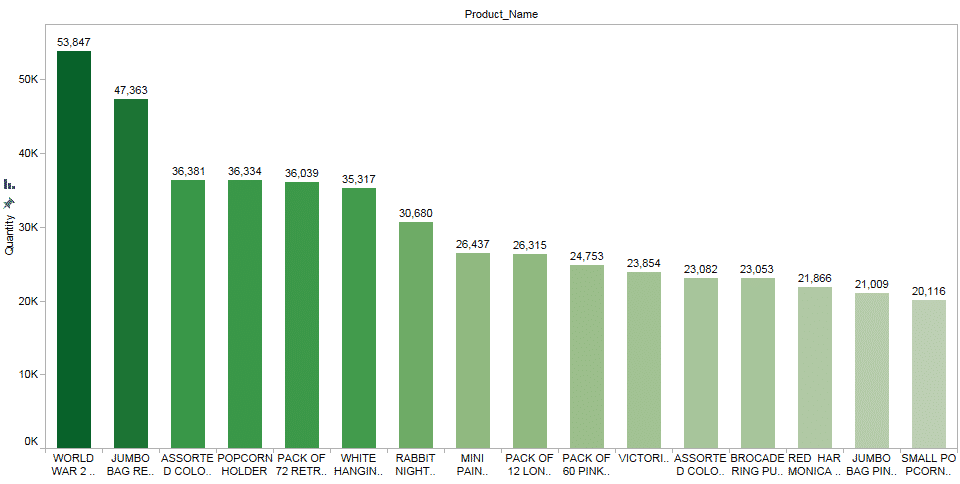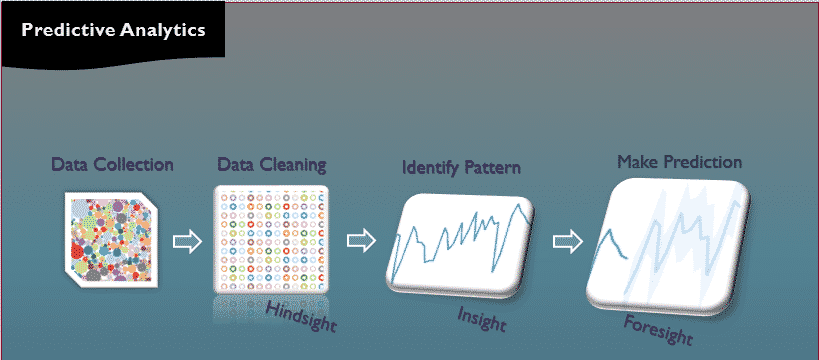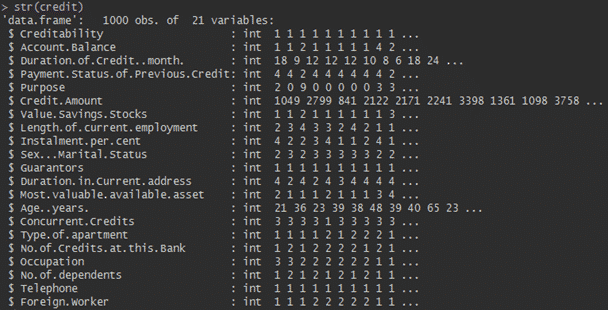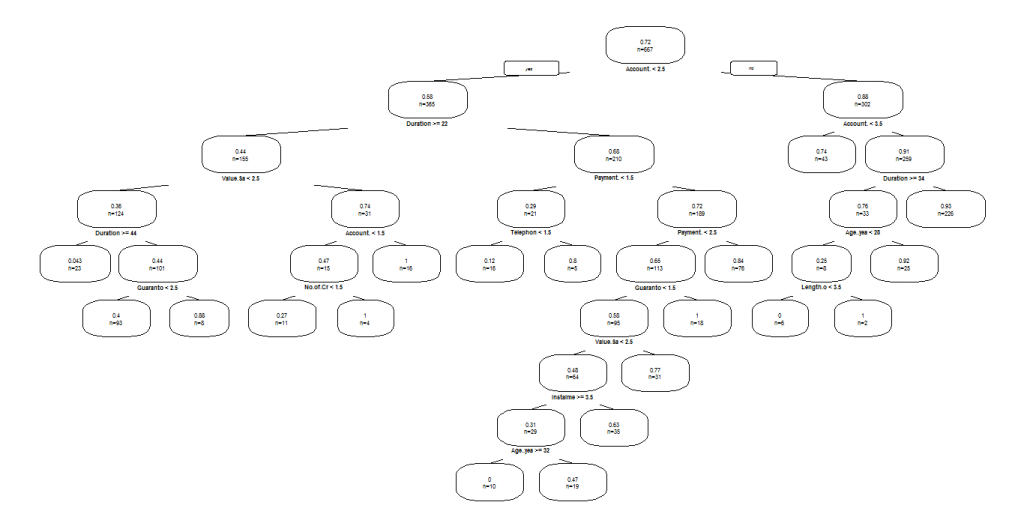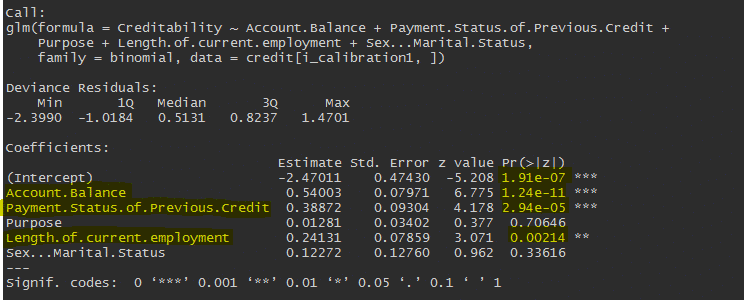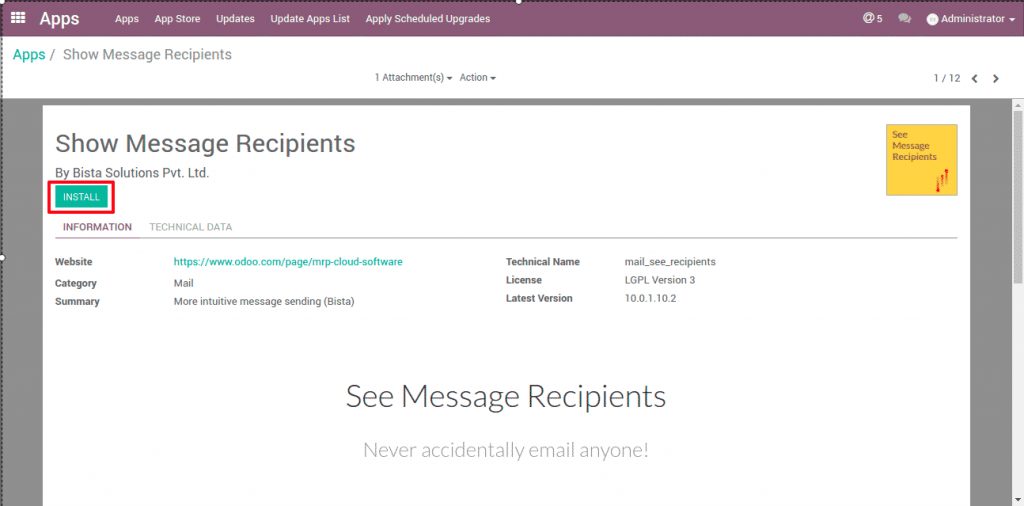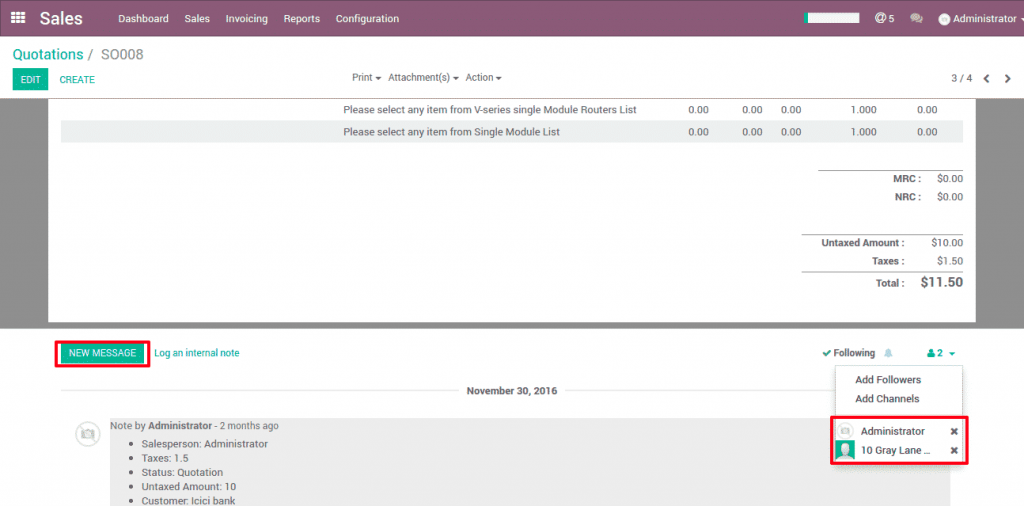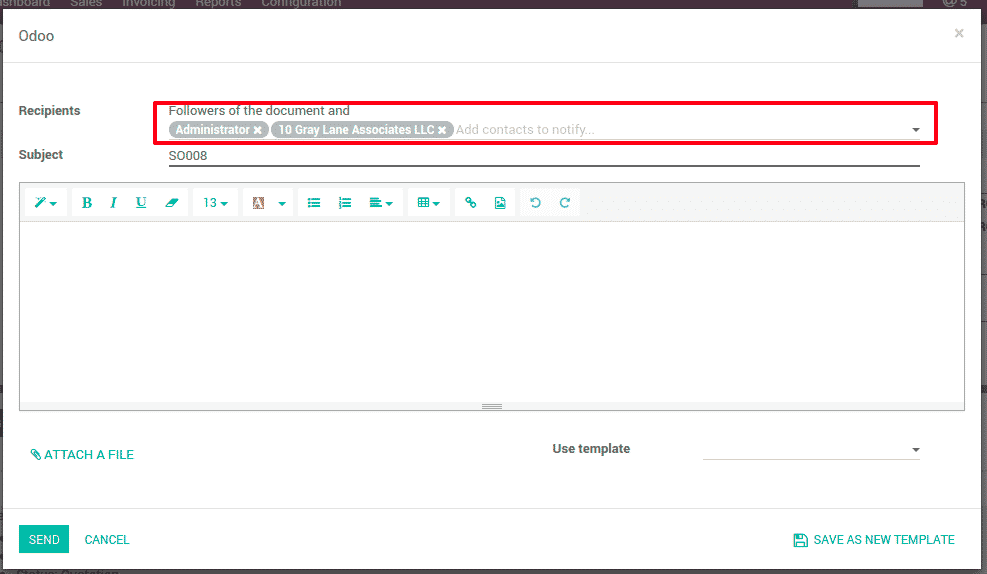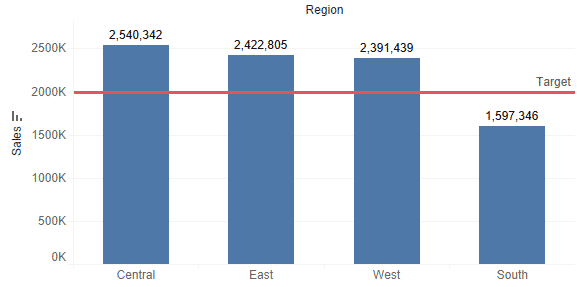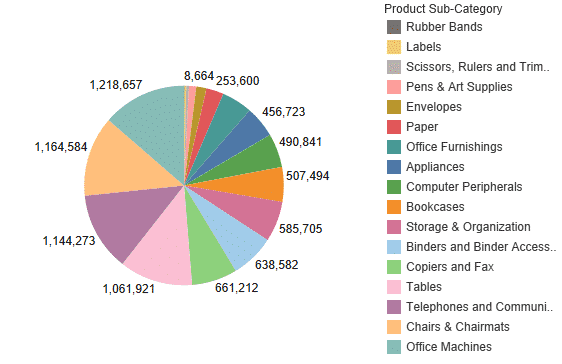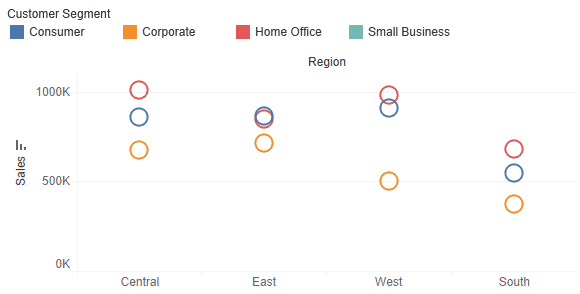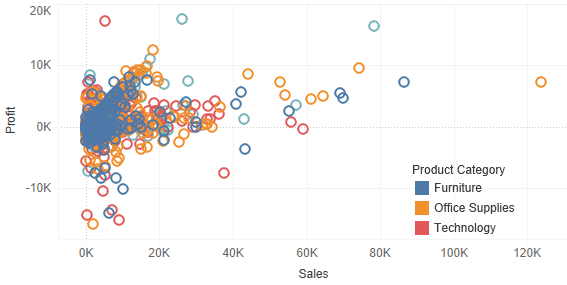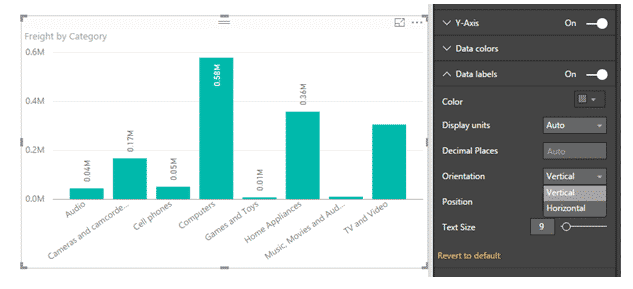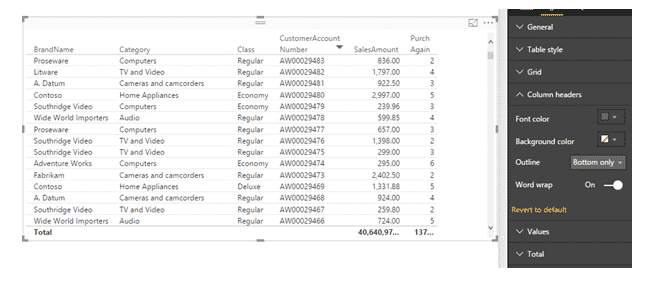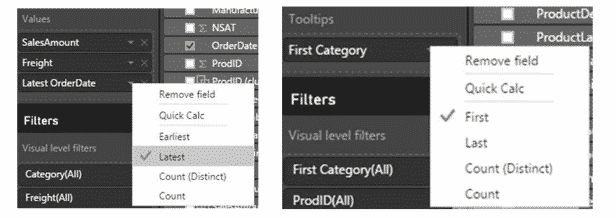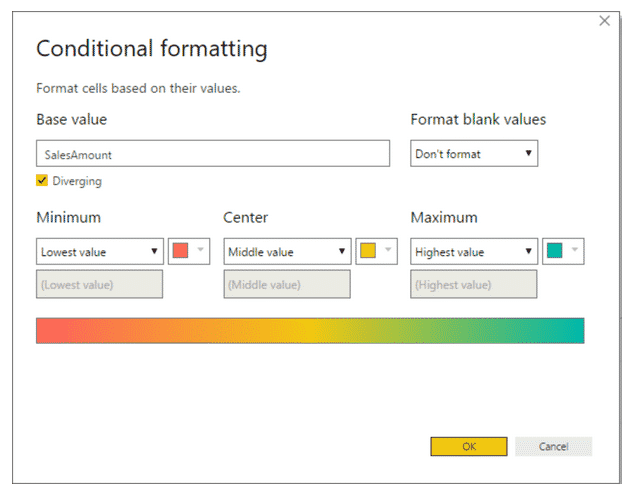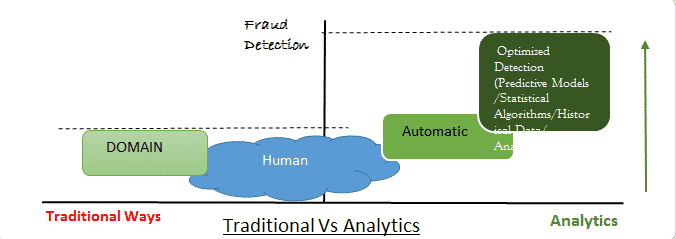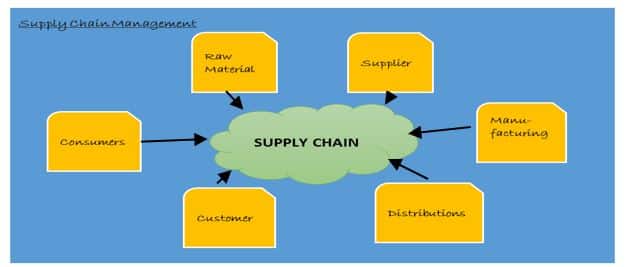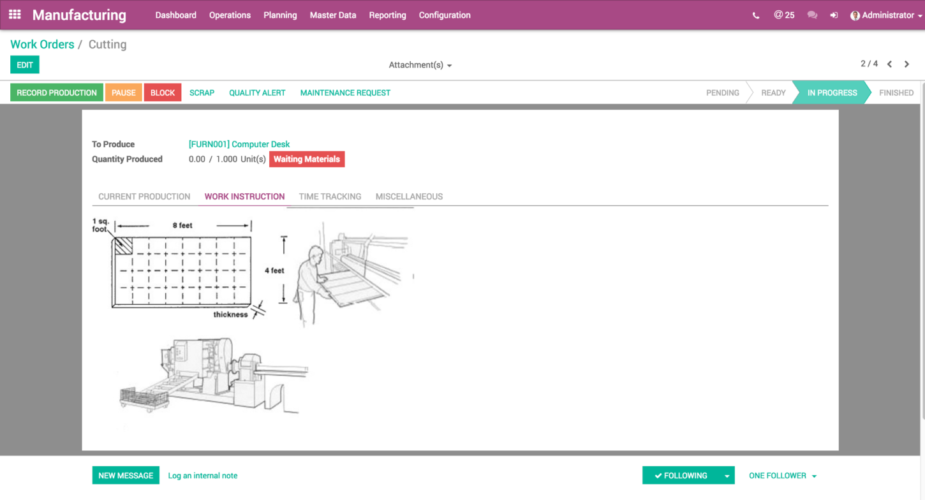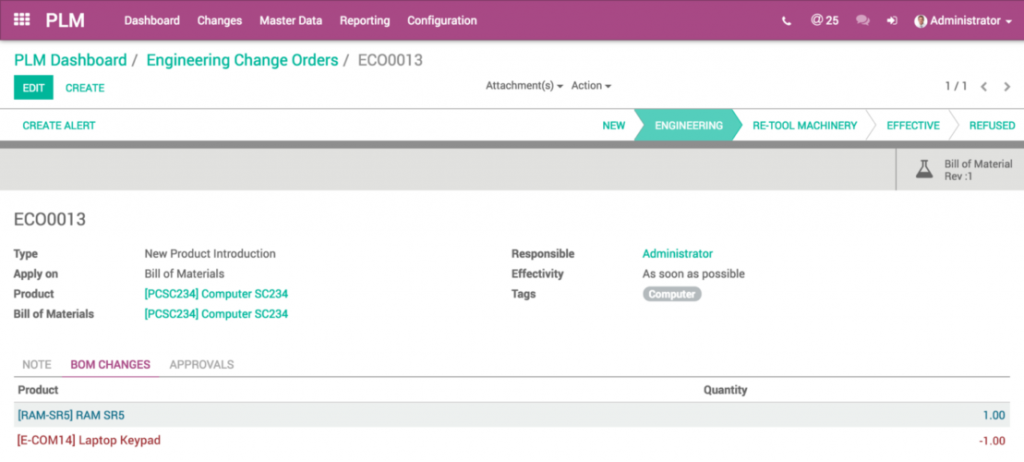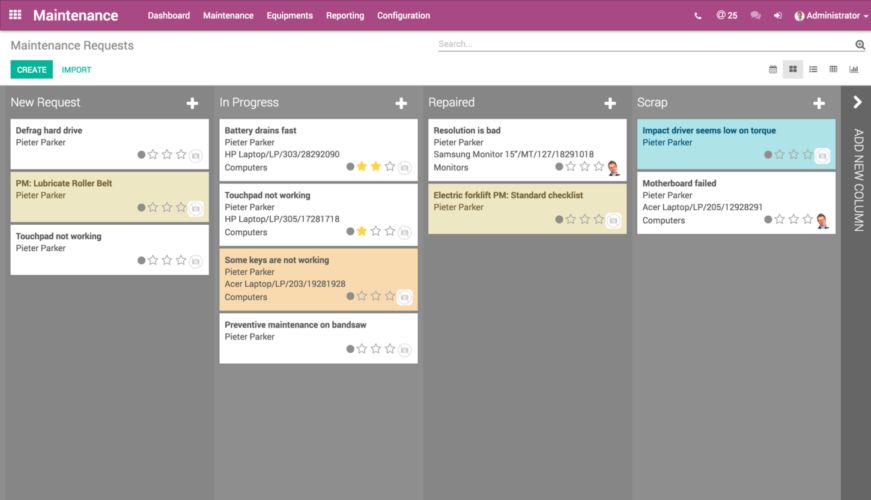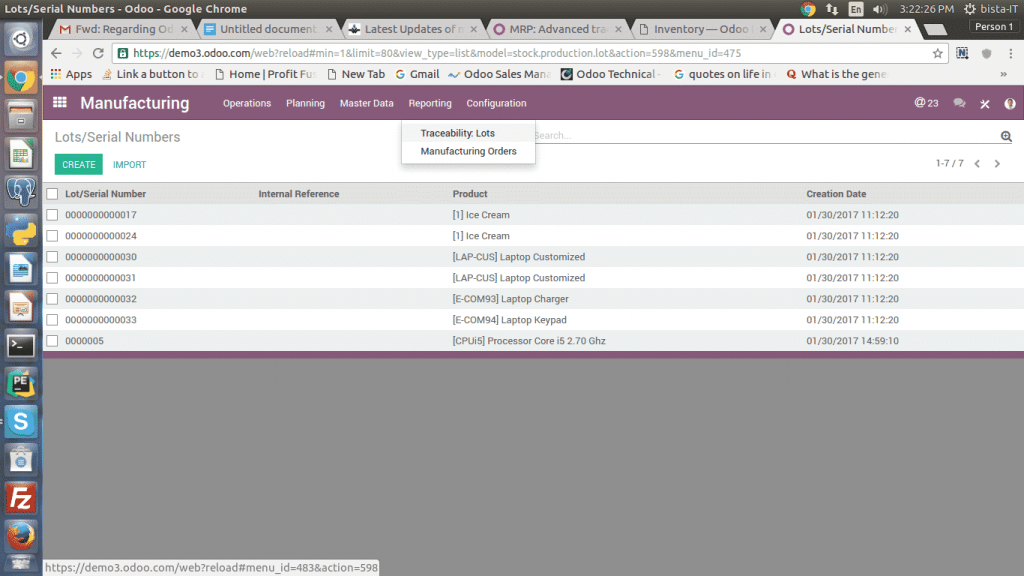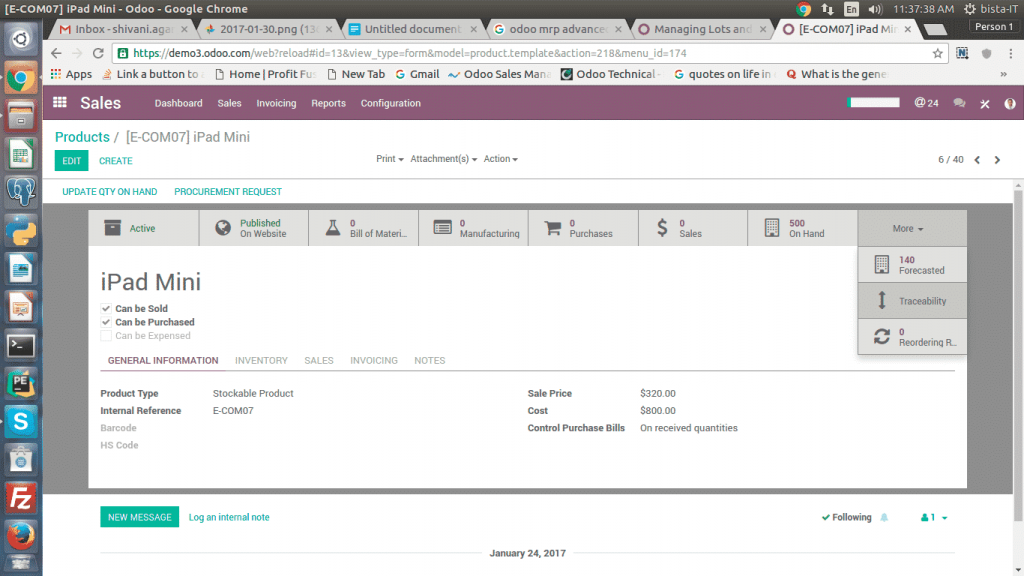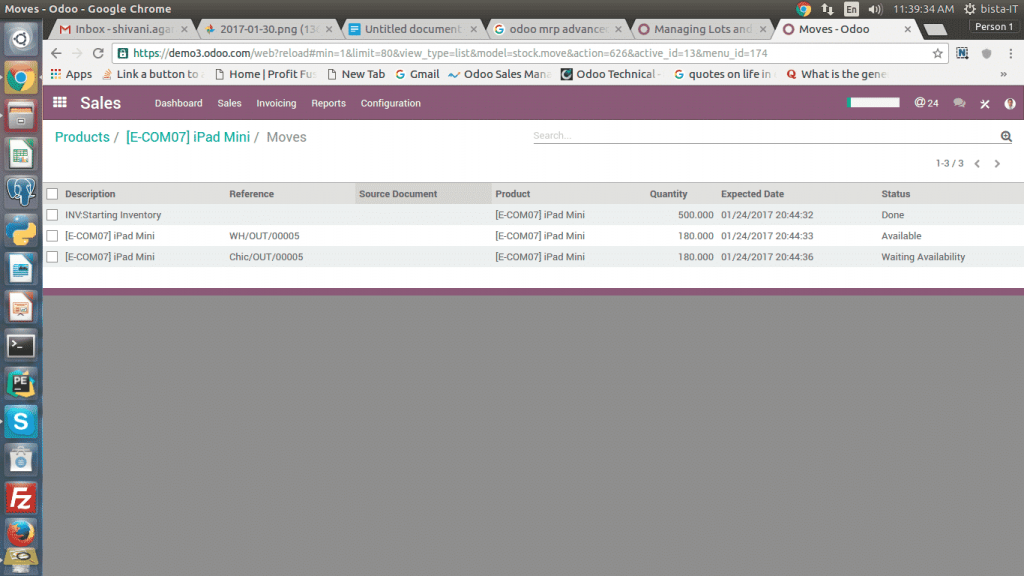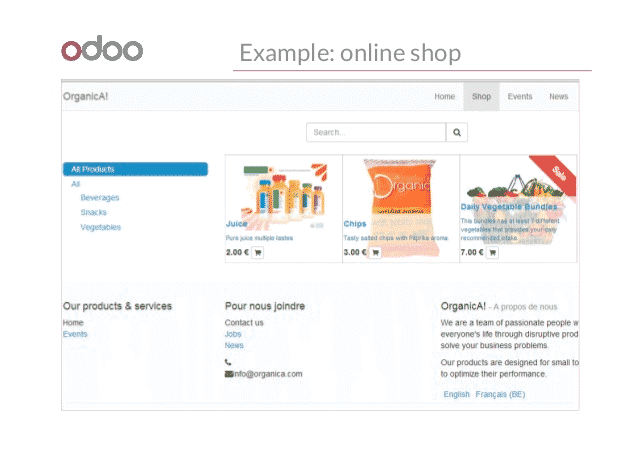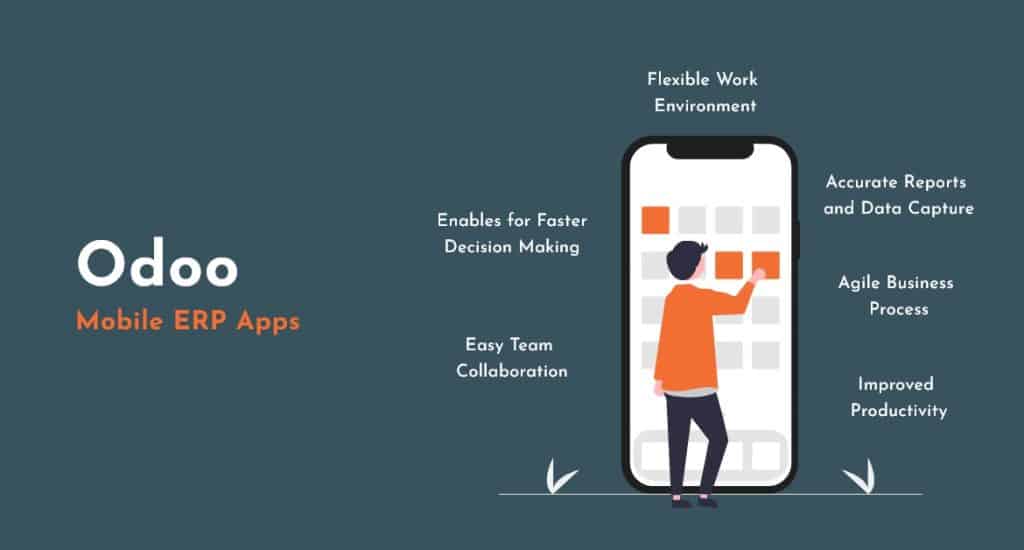Odoo versus SAP – Which is Best Choice and Why?
About Odoo:
Odoo (OpenERP) is an open-source comprehensive suite of business applications for sales, CRM, Project management, warehouse management, accounting, manufacturing, HR, and much more. With a strong and robust MVC(Model-View-Controller) architecture, flexible workflows, a dynamic GUI, and customizable reporting system integration Odoo offers over 3000+ modules specifically designed for business to improve their performances.
Then again, SAP is one of the most established ERP arrangements in the market. The correlation of Odoo to SAP is by all accounts a snappy recommendation for the present as the new goes up against the old.
With odoo offers an accumulation of remarkable elements, is bug-free, and has experienced experts, who give Odoo improvement benefits at a spending cost.
Meaning:
Discharged under the AGPL permit, Odoo is one of the best open-source business applications that is composed in Python, whereas SAP is a venture asset arranging programming that coordinates every one of the procedures of the bigger association.
Odoo being open source is allowed to be utilized and disseminated, and henceforth has brought down cost contrasted with whatever other paid ERP arrangement – for this situation SAP.
Odoo with no permitting expense is a feasible choice for small to medium-scale businesses. In any case, this doesn’t imply that is not reasonable for substantial companies or associations.
Unique and Fabulous Functionality
Usefulness is one of the key perspectives for both stages. Being open source, Odoo offers a great deal more opportunity and adaptability contrasted with SAP.
With its source code accessible, the association can contract skilled designers to deal with the customization and there is no shortage of them in the market.
Then again, SAP offers a decent choice, however, the absence of free code can truly upset the development of the organization. This doesn’t mean you can’t alter the SAP arrangement – however, that includes some significant downfalls higher than Odoo.
Bugs:
No product arrangement is 100% secure and that is the reason the genuine question is which stage illuminates the real bugs and keeps the arrangement usable for the association.
As far as bugs, both stages are practically equivalent. The arrival of Odoo V8.0 ingrained certainty and trust in the business and now numerous huge organizations are moving towards Odoo.
SAP then, in addition, offers bug settlement now and again.
Business Experienced Professionals
Odoo has developed into one of the major ERP arrangements in the market. The beginning was moderate, however now they are carrying on the serious canons, and with the arrival of Odoo V10.0, they are currently showcasing themselves as a total business suite for associations.
There is no shortage of designers and henceforth associations can concentrate on business and not on the business suite they are utilizing. Consultation is additionally promptly accessible for Odoo.
SAP is not a long way behind and offers great engineers and counsel. In any case, the cost of SAP advancement is way higher compared with Odoo.
Wrapping Thoughts
We discover Odoo a superior arrangement that is perfect for all organizations. If you are discovering its marvelous components are ideal and as per your needs, then Odoo is the great decision for you. SAP, then again is exorbitant and offers less adaptability contrasted with Odoo.
This was all about Odoo Vs Sap: Which Is the Best Choice And Why? We hope this short snippet has helped you get some information regarding Odoo
Please feel free to reach us at sales@bistasolutions.com for any queries on Odoo and its related modules.




